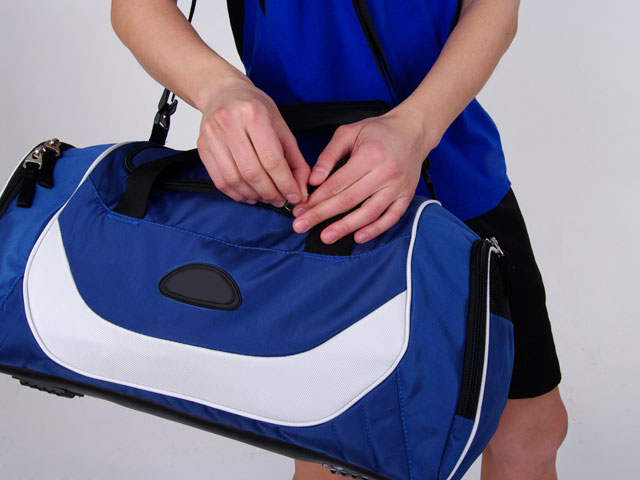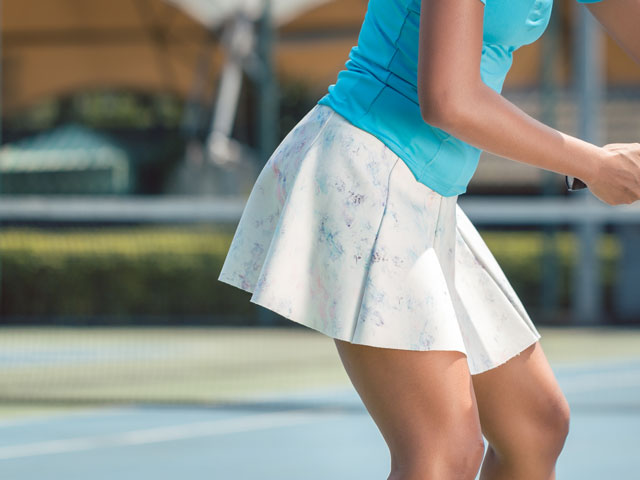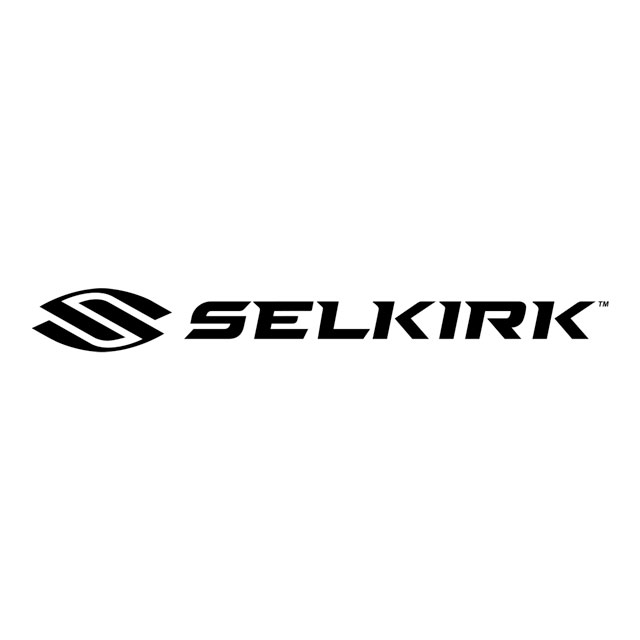
Indoor vs Outdoor Pickleballs - What’s the Difference?
Pickleball is one of the fastest-growing sports in the world. The easy-to-learn, low-impact sport has been a go-to sport for seniors for years but is undergoing a resurgence as a fun and social sport for all ages.
Updated |
There are two types of pickleball courts, indoor courts and outdoor courts, that you can find in your area. The ability to play on both indoor and outdoor courts is another key reason for Pickball’s popularity. Everyone from grandparents to young children can enjoy a fun game of pickleball on a sunny day or head inside if the weather isn’t cooperating.
Don’t worry if you aren’t lucky enough to live near a dedicated Pickleball court. It’s simple to convert a standard tennis or badminton court with some tape and net lowering. Some gyms also have the necessary equipment to convert basketball courts for Pickleball use. So it’s easier today to find places to play as the sport continues to gain popularity.
Playing Pickleball is the same indoors and outdoors. The rules, paddles, and general court setup are the same, but one fundamental element changes if you’re playing in the sun or under fluorescent lighting – the ball.
So, indoor vs outdoor Pickleballs – what’s the difference?
Types of Pickleballs
Pickleballs come in two types – indoor and outdoor. An experienced player can tell the difference on sight, but those new to the game may have trouble distinguishing between the two. But like all things Pickleball, it’s simple once you’re familiar with the game.
Indoor Pickleballs
Hole size is the first you’ll notice when comparing indoor vs outdoor pickleballs. Indoor balls have larger but fewer holes and are softer, lighter, and less bouncy. These characteristics give players more control over their shots, allowing for longer rallies.
The things that make indoor pickleballs perfect for indoor use, such as being lighter and airier, and made of softer plastic, are reasons you should never use them on an outdoor court. You’ll waste time and energy chasing down errant balls that will also quickly wear down from use on rougher surfaces, which is why it’s vital to ensure you’re using the right ball on the right court.
Popular indoor pickleballs include the Jugs, Photon Indoor, and Onix Fuse Indoor.
Outdoor Pickleballs
Outdoor pickleballs are manufactured to be harder and heavier than indoor balls to handle rougher playing surfaces and increase wind resistance. They also feature smaller holes which, combined with the balls being harder and heavier, make it, so the balls are significantly less bouncy than their indoor counterparts.
Being less bouncy means the ball flies off the paddle on power shots, providing less time for the opposing player to react, leading to shorter rallies. Outdoor balls are also more challenging to control, requiring a higher skill level than playing indoors.
Outdoor pickleballs have a tendency to lose shape quickly depending on the roughness of the playing surface and if players favor power shots. It’s recommended to check your ball for roundness after every game to ensure it’s still viable. Take this time to look your balls over for cracks, and retire them if there are any.
Popular outdoor pickleballs include Dura Fast 40, Franklin X-40, and Onix Fuse.
Foam Pickleballs
Foam pickleballs are an alternative to plastic balls in situations when noise is a concern, such as playing on part of a basketball court in a public gym. They are solid and lighter than indoor pickleballs. They provide a similar playing experience as plastic balls, but not exact, and since they aren’t official, they aren’t recommended for use unless necessary.
Pickleball Colors
There is no official color requirement beyond the ball being a single color. However, orange and yellow are the most popular colors, with brighter colors being more common outdoors. In comparison, players use darker-colored balls when playing indoors because the balls are easier to see.
Official Pickleball Guidelines
The USA Pickleball Association has published standards for what makes a pickleball official. Manufacturers must put their balls under rigorous testing under specific conditions to achieve a USAPA stamp of approval.
The USAPA regularly updates their list of approved balls, so check the most up-to-date ball list before acquiring balls for official play – or if you want to ensure you’re practicing with the same pickleballs you will use in a tournament.
USAPA Approved Requirements
Construction: The ball must be smooth, with no texturing. Durability is also important. It must be uniform in color except for identification markings.
- Size: 2.87 to 2.97 inches in diameter
- Weight: 0.78 to 0.935 ounces
- Hardness: Must be between 40-50 on the Durometer D scale
- Bounce: The ball must bounce 30 to 34 inches when dropped from 78 inches. This test is performed at an ambient temperature of 65 to 75 degrees Fahrenheit.
- Design: The ball must have 26 to 40 circular holes. It must have a manufacturer’s or supplier’s name or logo printed or embossed on the surface. Balls used in competition must have a “USA Pickleball Competition” seal, with non-competition balls bearing a “USA Pickleball Approved” seal.
Choose Your Ball and Play
Pickleball is a fun sport whether you play indoors or outdoors. The ball you choose doesn’t matter as much if you’re simply playing for fun, but if you’re planning to get serious with the idea of eventually playing in tournaments or official play, you should use USAPA-approved balls from the get-go.
Remember that while you can play with either indoor or outdoor balls in any location, it is best to stick with using the ball designed for where you’re playing. You don’t want to wear out a soft indoor ball playing on a hard surface or have a light indoor ball fly too far outside. Using the right ball at the right time helps ensure your game is as fun as possible.
So get your balls, your best pickleball paddles, and your partner, and get out there and play!





